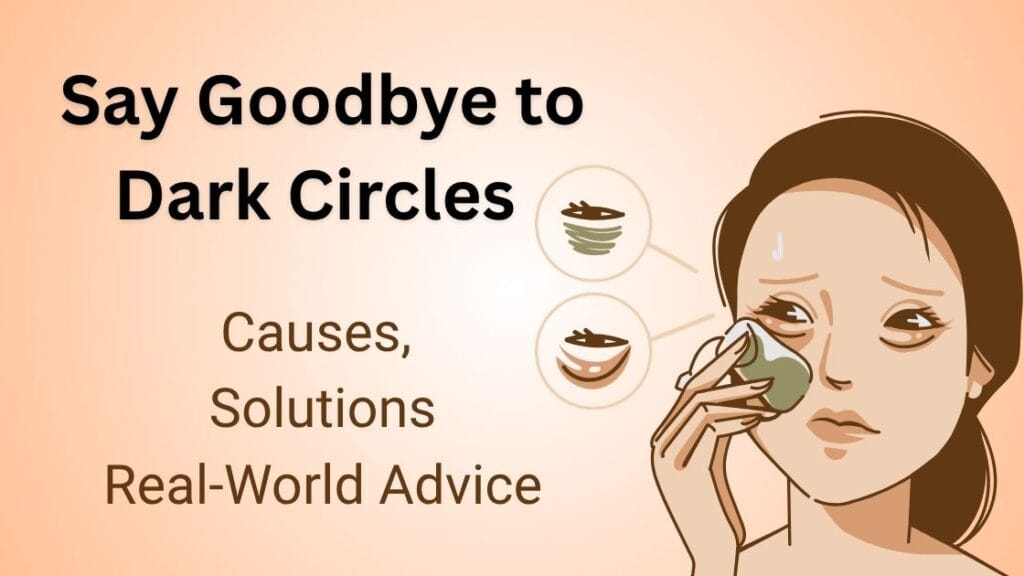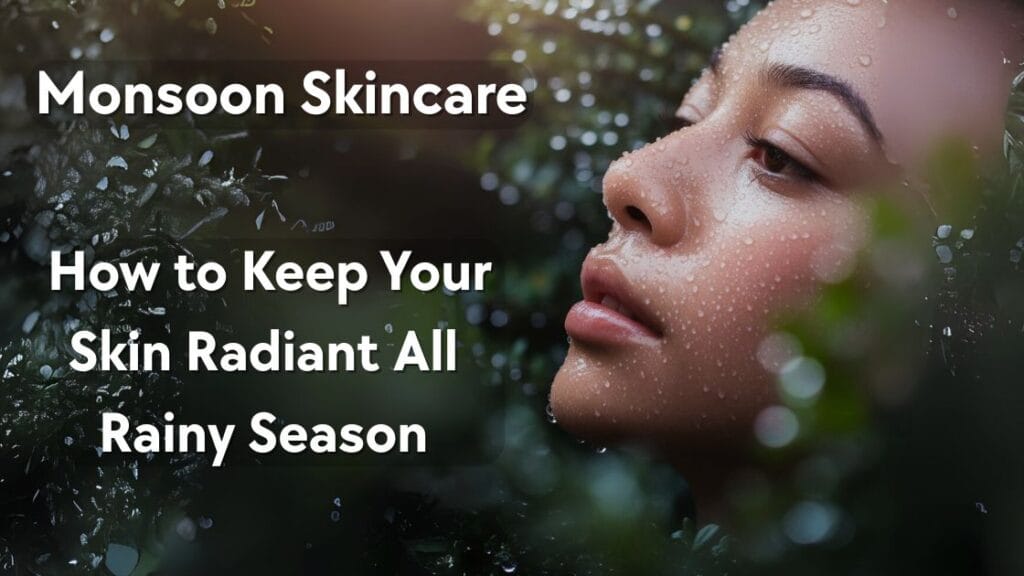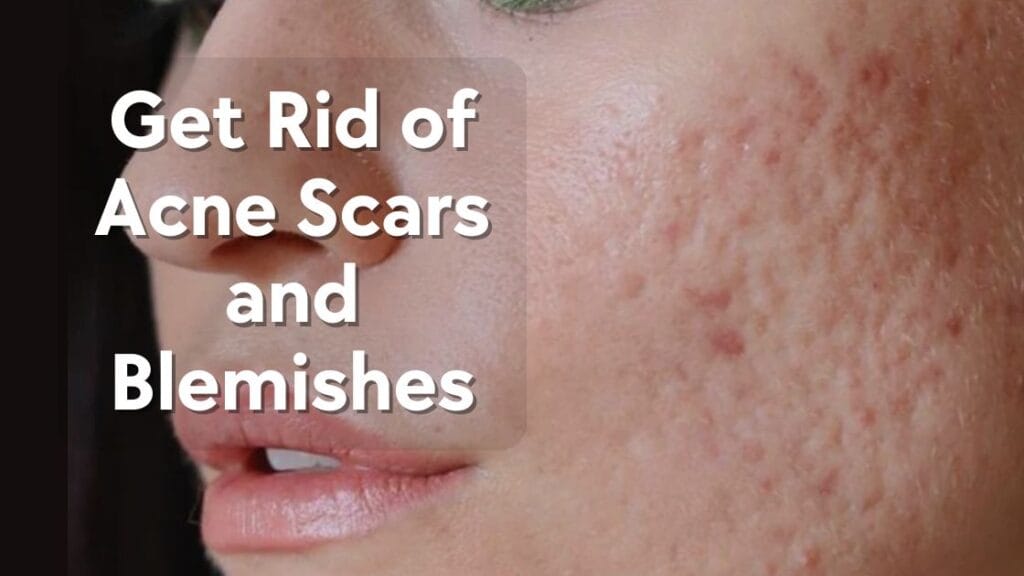Introduction
If you’re reading this, chances are you’ve spent at least a few mornings wishing away those dark shadows under your eyes. Whether you call them dark circles, under-eye shadows, or simply “the tired look,” these marks can make even the most energetic you look sleep-deprived or older than you feel. But here’s the thing: dark circles are more than just a cosmetic concern. The story behind them is multi-layered, and the most effective ways to address them go far beyond a dab of concealer. Let’s explore everything you need to know—including causes, at-home remedies, expert treatments, and lifestyle adjustments that truly make a difference.
Why Do Dark Circles Appear?
Understanding why dark circles develop is the first step to effectively reducing them. Some of the major contributors include:
- Genetics: For many, dark circles run in the family. Genetics determines both skin tone and skin thickness under the eyes. People with thinner skin may show the blood vessels beneath more readily.
- Ageing: As we age, natural collagen production fades. Skin becomes thinner and loses the fat that once plumped it up, making dark blood vessels and hollowness more visible.
- Fatigue: Lack of sleep or poor sleep quality doesn’t just make you feel tired—it can dilate blood vessels under the eyes, making the area look darker and puffier.
- Allergies and Skin Conditions: Allergies, eczema (atopic dermatitis), or even chronic eye rubbing can trigger inflammation and pigment changes around the delicate eye area.
- Hyperpigmentation: Increased melanin (the pigment responsible for skin colour) due to genetics, sun exposure, or post-inflammatory changes makes circles appear darker, especially in people with deeper complexions.
- Lifestyle Factors: Stress, poor diet, dehydration, smoking, and alcohol can all make matters worse.
- Medical Issues: Less commonly, conditions like anaemia or thyroid imbalances may contribute to persistent dark circles.
What Do Dark Circles Actually Look Like?
Dark circles may present as shades of blue, purple, brown, black, or simply look like sunken shadows, depending on your skin tone and the cause. Sometimes what looks like a circle is actually due to hollowing (tear troughs) or puffiness casting a shadow, rather than pigment changes
At-Home Remedies: What Actually Helps
Home remedies are often the first line of defence, and many are surprisingly effective, especially for mild cases brought on by lifestyle or fatigue.
Cool Compresses: Chilled spoons, cucumber slices, or damp tea bags can constrict blood vessels, reduce fluid retention, and refresh the skin. Green or black tea bags are especially helpful because caffeine helps tighten up the skin.
Cucumber Slices: Their antioxidant content cools and brightens tired eyes. Chilling the slices for 10–15 minutes, then placing them over closed eyes, can help reduce puffiness and provide a refreshing sensation.
Potato Slices: Raw potatoes contain vitamin C and natural bleaching agents that may lighten dark circles. Place grated potato or chilled slices on closed lids for about 10–15 minutes for a subtle lightening effect.
Almond Oil and Vitamin E: These oils moisturise and may help fade colour over time. Massage a drop gently under each eye before bedtime.
Cold Milk or Rose Water: Soak cotton pads and place them under the eyes for soothing hydration and reduced puffiness.
Tomato Juice: A mixture of tomato juice and a bit of lemon can provide antioxidants and brighten the area, but use with caution if your skin is sensitive.
Skincare Strategies for Brighter Eyes
Beyond home remedies, having a targeted skincare routine can protect and restore the under-eye area.
- Gentle Cleansing: Always remove makeup gently to protect delicate skin. Oil-based cleansers are effective and non-irritating for waterproof cosmetics.
- Hydration: Eye creams or gels containing hyaluronic acid, glycerin, and ceramides help keep the skin barrier healthy, plump, and resilient.
- Sun Protection: The sun can trigger hyperpigmentation, so use gentle, mineral-based sunscreens around the eyes daily, even when it’s cloudy.
- Targeted Ingredients: Look for eye creams with:
- Caffeine reduces vascular shadows and puffiness.
- Vitamin C for antioxidant protection and brightening.
- Retinoids (in very gentle formulations) for collagen stimulation and thickening skin, but use sparingly and with professional advice.
- Niacinamide and Peptides for reducing pigment and strengthening skin
Lifestyle Changes That Make a Big Impact
Healthy habits don’t just improve your overall wellness—they can also lead to real changes under your eyes.
Get Consistent, Quality Sleep: 7–9 hours per night of solid rest can reduce blood stasis and inflammation. Good sleep hygiene—dark room, no screens before bed, relaxation rituals—makes a big difference.
Stay Hydrated: Dehydrated skin loses its plumpness, making veins and hollows more obvious. Sip water throughout the day—herbal teas count, too.
Eat a Balanced Diet: Iron deficiency and poor nutrition can worsen discolouration. Focus on:
- Iron-rich foods: spinach, lentils, and pumpkin seeds.
- Foods high in vitamin C, E, K, and lycopene: bell peppers, citrus, guava, tomatoes, leafy greens, nuts.
- Low-salt foods can help reduce puffiness.
Reduce Eye Strain: Too much screen time can worsen shadows and fatigue—practice the 20-20-20 rule: every 20 minutes, look at something 20 feet away for at least 20 seconds.
Manage Allergies: If you suffer from seasonal allergies, address them directly—antihistamines and avoiding known triggers can prevent that “raccoon look”.
Cut Back on Smoking and Alcohol: Both dehydrate skin and constrict blood vessels, increasing the appearance of dark circles.
Stress Reduction: Activities like meditation, yoga, and creative hobbies can help balance hormones and improve blood flow to the face, reducing the look of shadows
Advanced Medical and Professional Treatments
Sometimes, lifestyle changes and over-the-counter options aren’t enough. If your dark circles are genetic, age-related, or resistant to home care, it may be time to consider professional interventions:
- Dermal Fillers: Hyaluronic acid fillers can fill in hollows (tear troughs), reducing shadows beneath the skin.
- Laser Treatments: Target pigment, stimulate collagen, and thicken thin skin. Considered especially effective for pigment-based circles.
- Chemical Peels: Light peels with glycolic, retinoic, or lactic acids can help lighten hyperpigmented skin by increasing cell turnover. Only to be done with professionals.
- Platelet-Rich Plasma (PRP): Uses your own growth factors to rejuvenate and thicken skin, making circles less visible.
- Blepharoplasty: For severe cases with excess fat or skin, this surgical procedure can remove bags and tighten the under-eye area.
- Radiofrequency Treatments: Stimulate collagen production and tighten loose skin with little downtime.
Always consult a board-certified dermatologist or oculoplastic surgeon to choose safe and effective treatments suited to your specific skin and medical needs.
Special Considerations for Different Skin Tones and Ages
- Darker Skin Tones: More prone to hyperpigmentation. Gentle lightening agents and sun protection are critical. Avoid harsh products that may cause irritation or further discolouration.
- Older Adults: As skin thins and fat is lost around the eyes, circles may deepen. Look for products boosting collagen (like retinoids or peptides) and consider professional options if changes are dramatic.
When to See a Doctor
Most dark circles have benign causes, but you should seek medical evaluation if:
- Only one eye is affected
- Swelling or pain occurs suddenly
- Circles are accompanied by other new symptoms (like vision changes or unexplained fatigue)
The Bottom Line
While countless people struggle with dark circles, there’s no one “magic bullet.” Actual improvement comes from understanding your unique cause, making meaningful lifestyle tweaks, tending to your skin with patience, and seeking professional care if needed. Some days, circles may linger no matter what you do—but with persistence, most people see at least some improvement over time.
The journey to brighter, more refreshed eyes is truly about self-care … from the inside out—and embracing the small victories along the way. Through sleep, hydration, smart nutrition, protection, and, if necessary, advanced treatments, you can reclaim a naturally vibrant look and the confidence that shines with it.





